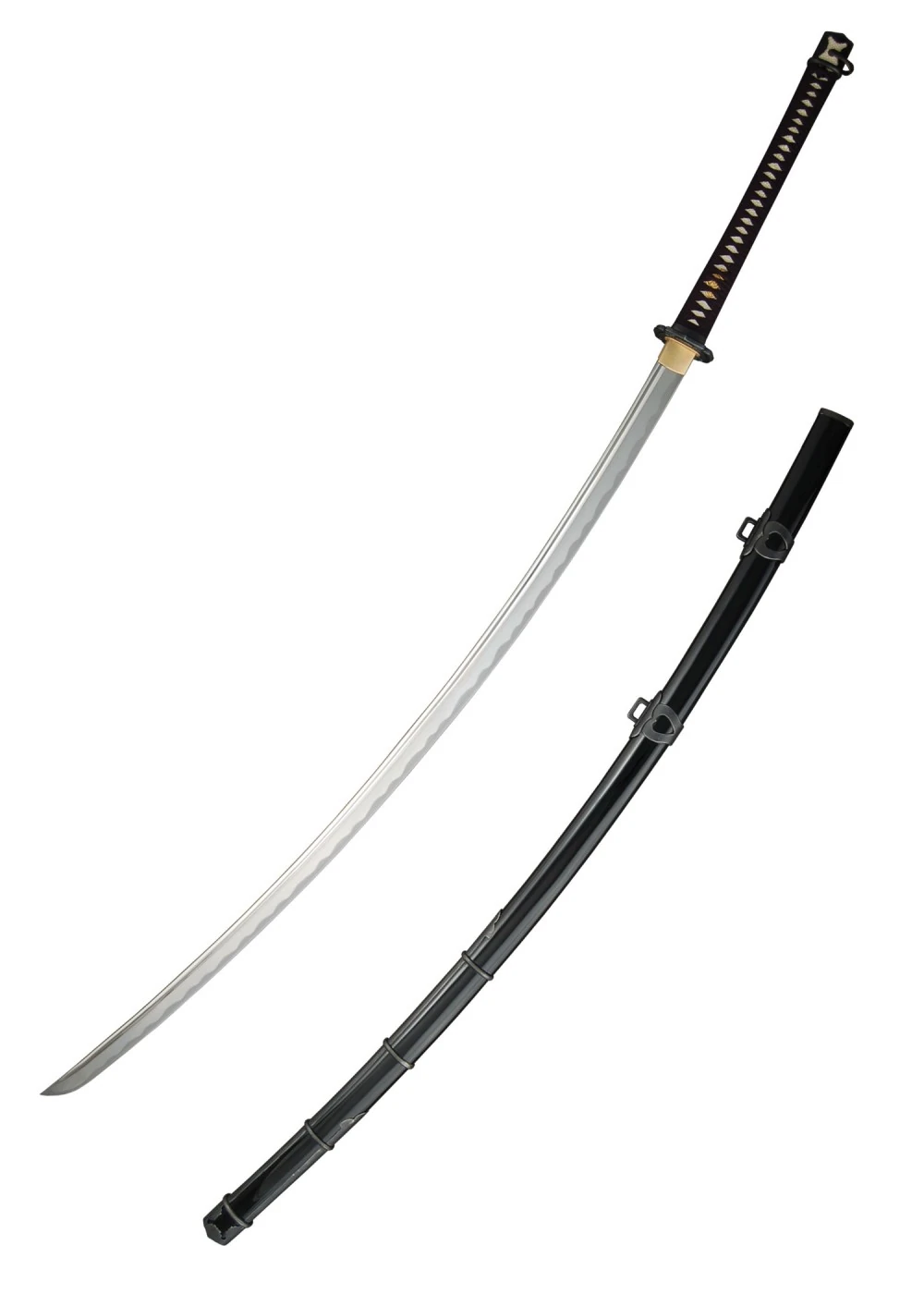lklawson
Grandmaster
Quillions get in the way of butchering.Oh yeah, I'm sure you are correct! But there is no denying that through-out most of the 1800's in the US a Bowie knife was a common sidearm and saw plenty of action in hand-to-hand exchanges. Probably most didn't have any kind of training. But there was also a segment that DID have training and were pretty deadly with it! A lot of it was likely figured out from "rough and tumble" exchanges. But a lot of it was derived from western swordsmanship. Plenty of people in the era would have had some military background and have learned the use of a military saber. Others very likely had background in european fencing that was directly descended from the use of the rapier. And a cross-guard wouldn't be necessary for butchering and skinning animals.
Peace favor your sword,
Kirk



